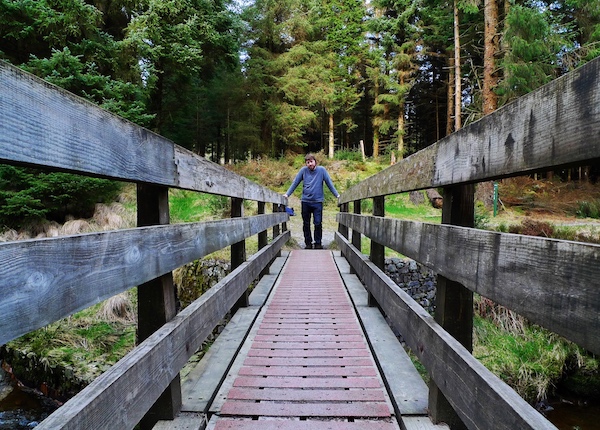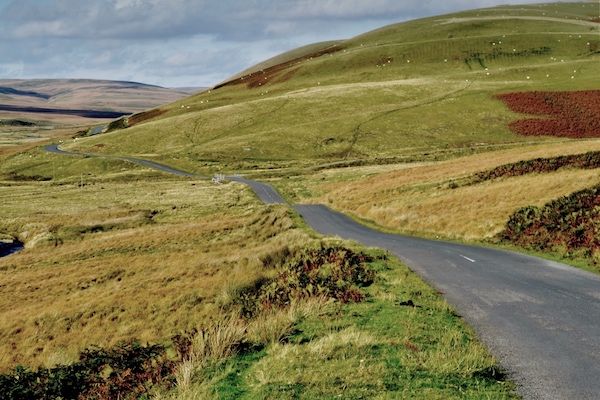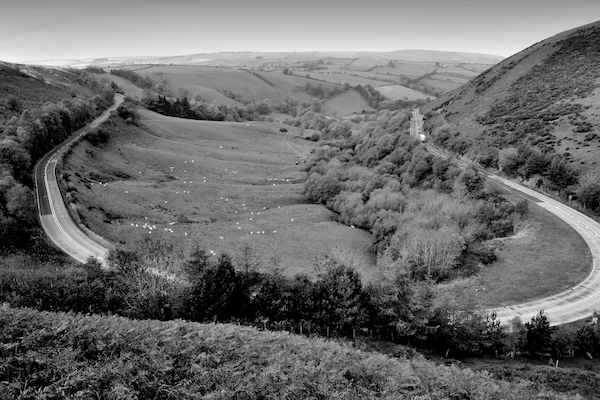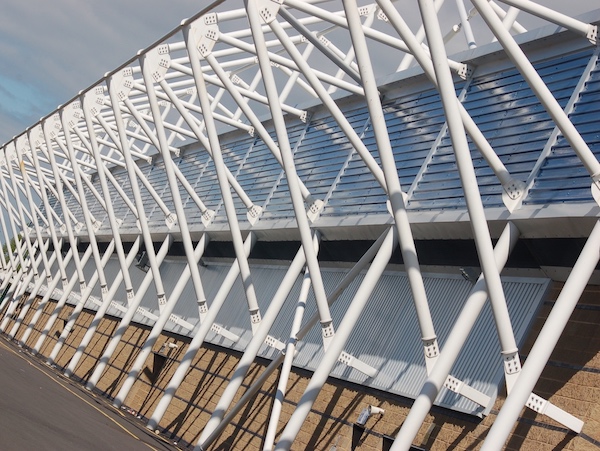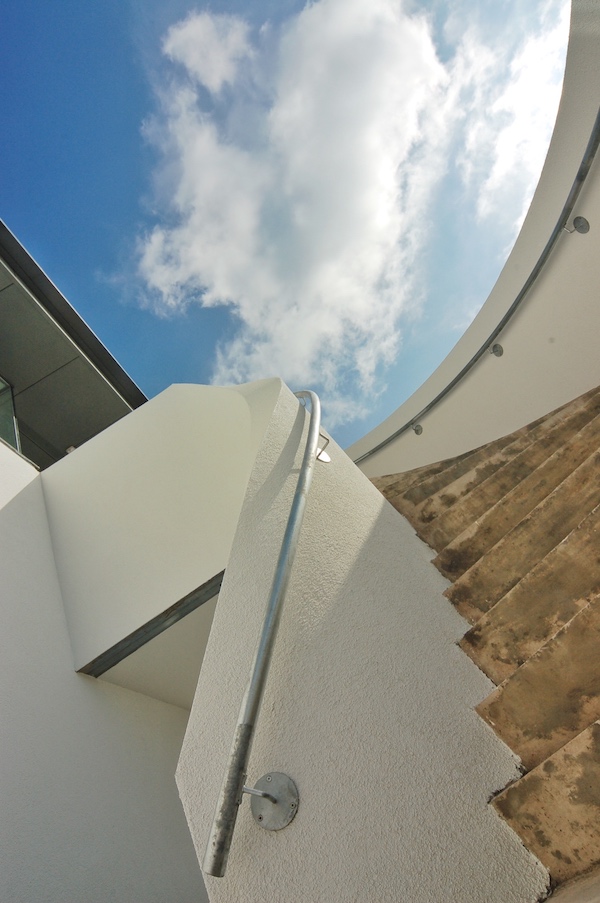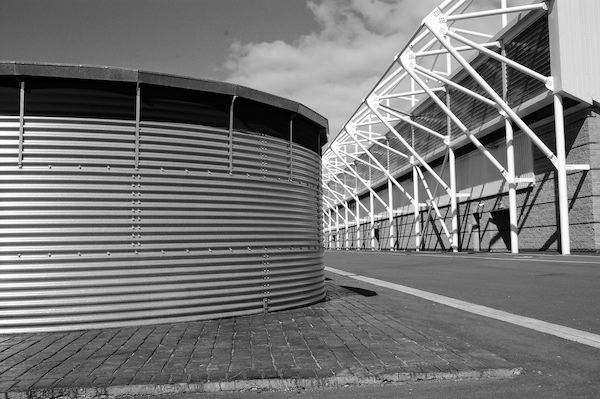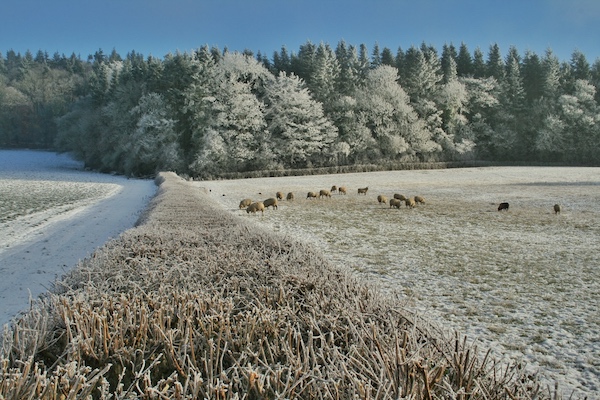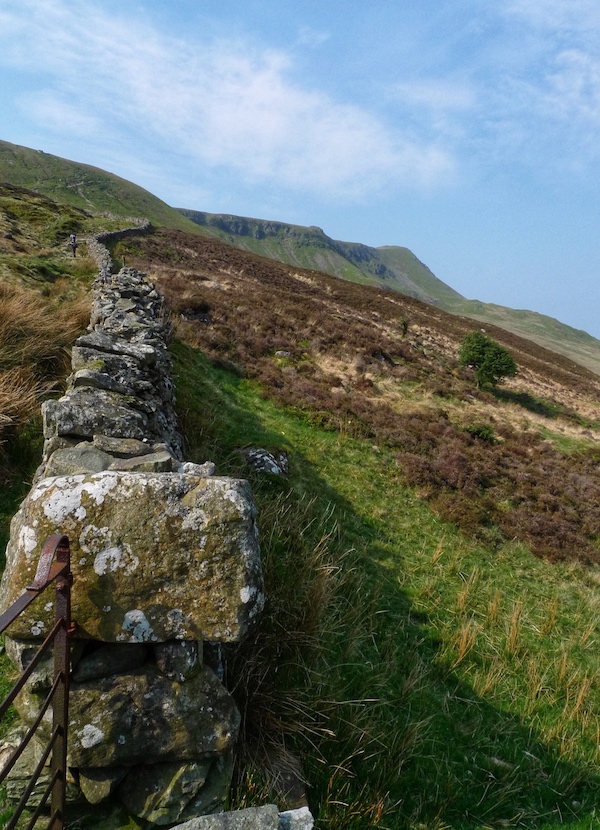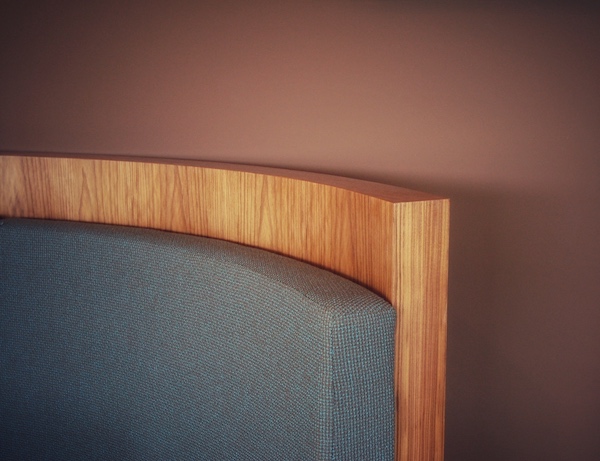Do your photos lack visual impact? Using leading lines in your composition is one of the easiest ways to create a striking image. A leading line provides a visual pathway which instantly draws the viewer into the scene. In this tutorial, you’ll discover how to use leading lines to create more striking, engaging and memorable photos.
1. Use Roads As Leading Lines
The most obvious source of leading lines in photography is roads. They are such a common and familiar way for us to get from A to B that it’s easy for a viewer to imagine following the leading line the photo offers. And since every photographer has a road nearby, it’s a great place to start out with leading lines. Try to include road markings as this can really help to make the tarmac stand out from its surroundings.
Choose how you are going to use your leading line. Do you want to provide the viewer with a subject at the end of the leading line, so that the photo “resolves”? Or do you simply hint at a subject, unseen around the corner, thereby creating some tension? Where does the road end? What’s around the corner? The mystery will keep your viewer lingering a little longer while they imagine all the possibilities.
To create mystery and tension, position your leading line so that when your viewer follows it, they don’t reach a destination. You leave them with more questions than answers.
Your leading line doesn’t always have to take the viewer from where they are. It’s perfectly ok to have them start somewhere else in the photo, so long as it’s obvious enough. In the black and white photo below, the viewer could choose to start from either end of the long, sweeping horseshoe, but the effect will be the same, so it’s not a problem which end they choose.
Use a longer leading line to keep the viewer engaged for the maximum amount of time, as shown by the long looping horseshoe above.
2. Footpaths & Forest Tracks Make Great Leading Lines
The path running through your local park, nature reserve or woods will likely be more photogenic than the sidewalk, so investigate those too.
When using leading lines, your subject doesn’t need to be particularly large. This is because the leading lines draw the viewer’s attention to the subject. Without the leading line, a small subject might be missed.
One benefit of having a smaller subject is that you are left with much more space in the photo where you can add context. In the example above, this context is created by including the bridge and the trees. So, when using leading lines, consider making your subject a little smaller in the scene, have the leading line guide the viewer to the subject, and include as much of the surroundings for added context.
3. Find Leading Lines In Architecture
Cities and towns are great places to look for leading lines. Architects know all about leading lines and use them to great effect to help lead pedestrians or residents around precincts, campuses, or municipal spaces.
Once you’ve found a suitable architectural leading line, expore the area to find the best possible angle to photograph it from.
Steps make great leading lines – not least because we’re so used to using them. The association steps have with career aspiration, promotion, the afterlife, and tiredness, create many possible ways to interpret leading lines featuring steps. In the architectural example below, the curves of the concrete wall and metal handrail serve to reinforce the effect.
When presented with a suitable set of steps or a staircase that you want to use as your leading line, try shooting from different angles to get a perspective with more impact.
In the black and white photo below, there are many leading lines to choose from. The corrugated sheets seem to be sending us around the corner and down the road. This feeling is reinforced by the white road marking, the row of white supports, and even the direction of the brickwork in the foreground.
Look for additional leading lines which complement your primary leading line. Not only will this amplify the leading line effect, it can look more visually appealing and balanced too.
4. The Countryside Is Full Of Leading Lines
Natural and man-made leading lines can be found in rural places too. In the photo below, the wide, well-maintained farm hedge leads the viewer up to the frosty woods beyond, passing the sheep along the way.
The dry stone wall below leads the viewer up the hill, and onto the ridge in the distance. Perhaps the view from up there will be amazing? It’s up to the viewer to imagine that – and they will probably recall how they felt the last time they climbed a mountain or big hill. Maybe tired, thirsty and accomplished? All because of a simple leading line.
In the example below the musician is looking along the leading lines created by the rows of poppies. And we feel compelled to follow his gaze.
In addition to hedges and walls, look for leading lines in fences, the furrows of a plowed field, or where a field meets the edge of a forest or river.
5. You Don’t Even Have To Go Outdoors!
Maybe it’s raining outside, or you’re not able to get outside. All is not lost. Simply look around, and the leading lines will start to jump out at you.
The curve of an item of furniture – at home or at work – can provide inspiration for leading lines.
6. Think Outside The Box
Leading lines come in all shapes and sizes – and sometimes the best ones just happen right under your nose. Be ready to seize a leading line opportunity when one presents itself.
The musician below suddenly pointed his guitar at me like it was a rifle. It was a fleeting moment, but it created the opportunity to capture an unusual leading line. Our eyes are drawn first to the chrome machine heads in the foreground because they’re closest and in focus. Then our eye wanders up the guitar’s neck, noticing the well-worn fretboard, to the shady looking musician holding the instrument.
Watching a military parade the last thing I was looking for was a leading line. However, as the soldiers marched past me I realized they created something more special than just a snapshot. It’s not possible to look at the photo without your eye wandering along the line of soldiers.
Perhaps following the line the hats make, or the gold colored jackets, or the brass instruments. As you do this, you create a sense of movement, which increases the impact and enjoyment of the photo.
Be alert and ready for photographic opportunities offered by leading lines you may stumble across. Don’t be afraid to experiment.
Conclusion
Next time you’re out and about with your camera, look for any lines in the scene. Use them to help you create a strong composition which draws the viewer into the photo.
Sure, you’ll probably find lots of leading lines that don’t work – but practice makes perfect. Once you start looking for leading lines, you’ll see them everywhere – even when you don’t have your camera with you!

